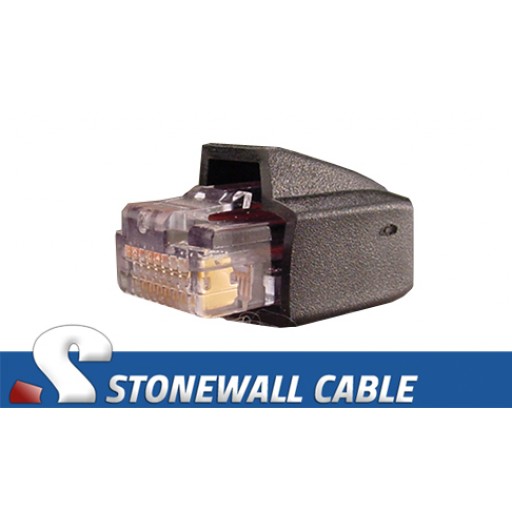

The Gigabit RJ45 connection requires, at least Category 5 cable (the same as 100BASE-TX), but Category 5e cable (Category 5 enhanced) or Category 6 cable may also be used and is often recommended. Gigabit Ethernetġ000BASE-T (also known as IEEE 802.3ab) is a standard for Gigabit Ethernet over copper wiring. Like 10BASE-T, the active pairs in a standard connection are terminated on pins 1, 2, 3 and 6. 100BASE-TX runs over two wire-pairs inside a Category 5 cable or above. Fast Ethernet RJ-45 connected devices are generally backward compatible with existing 10BASE-T systems. The segment length for a 100BASE-T cable is limited to 100 metres. Fast Ethernetġ00BASE-TX (IEEE 802.3u) was introduced in 1995 and remained the fastest version of Ethernet before the introduction of Gigabit Ethernet. It runs on UTP data or optical fiber cable in a star wired bus topology, similar to 10BASE-T where all cables are attached to a hub.

EIA/TIA specifies RJ-45 connectors - properly called 8P8C - (ISO 8877) for UTP (unshielded twisted pair) cable. Category 5 (CAT5), Category 5e or Category 6 (CAT6) cables are widely used, but other variations are available. Ethernet RJ45 connection and cableĪlmost every ethernet network use Unshielded Twisted Pair (UTP) cable ended with RJ-45 connectors. Ethernet uses a bus (very old coaxial cable) or star topology (standard UTP cable equipped with RJ-45 connectors). Nowdays ethernet over twisted pair ( RJ-45 connection) runs at 10Mb, 100Mb, 1Gb or 10Gb per second. It was originally developed by Xerox Corporation in cooperation with DEC and Intel in 1976. It looks best when served with fresh veggies on a silver plate.There are several specifications of Ethernet RJ-45 connection over twisted pair: oldest 10Mbit ( Ethernet), old but still used 100Mbit ( Fast Ethernet), modern 1Gbit ( Gigabit ethernet) or newest 10Gbit ethernet. Ethernet cable wiring for any of those RJ45 interfaces may be easily crimped by yourself.Įthernet is officially standardized by IEEE standard 802.3. At the end, we put a heat shrink tubing around it to prevent any short circuits. In this case we used an old Ethernet Cable, removed the cable isolation coat and connected the wires as described above. In this case, you need to connect two more wire pairs: pin 1 pin 3Īn example of a self-made self-loopback cable: Those are used to test interface rx/tx operations on GigabitEthernet (1gbit/sec) interfaces. If you want to use your plug on appliances from other manufacturers too, that maybe need a higher throughput during testing, it may be needed to create an eight pin self-loopback plug. This is the simpliest version of a four pin self-loopback plug which is used to test interface rx/tx operations on FastEthernet (100mbit/sec) interfaces. In the case of the FortiGate HQIP test, it’s already enough to connect the following conductor wires: pin 1 pin 3 You just need a RJ45 connector or an Ethernet cable with a RJ45 connector attached. It is very easy to create a self-loopback cable or connector plug by yourself. In comparison to normal “loopback” links, where one NIC is connected with another NIC on the same appliance, the self-loopback does realize the loopback inside the same NIC. Those cables are often descibed as selfloop or interface test cables. Įven though the name “self-loopback” is for some people a bit confusing, this is a very common and standardized wiring method for testing copper based ethernet equipment. Please restore factory reset or use port mode to perform the test

WARNING: This test can only pass with factory configurations. This request looks like the following CLI output: Network Interface Loopback Test - Please connect ethernet cables: On some FortiGate models, you are being asked to connect a self-loopback cable on some ports during the HQIP test.


 0 kommentar(er)
0 kommentar(er)
